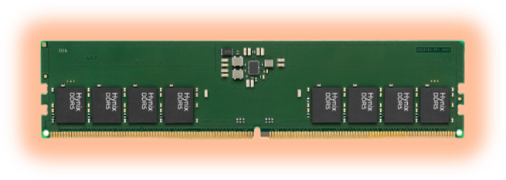How to overcome memory supply chain challenges

Trends and shortages in the semiconductor industry are often reported on without highlighting the nuances and differences in segments within the industry, such as sensors, analog, discrete, logic, optical components, and of course, memory. While a manufacturer may focus on one or few product families or subfamilies, contract manufacturers and OEMs usually need semiconductor components from all segments and consequently have to source from numerous suppliers.
On top of that, geographical consolidation of the expertise, design, and manufacturing per semiconductor segment means that the value chain is strongly interdependent. As a result, a local disruption may have consequences for the entire industry and beyond. For example, when Thailand was hit by a flood in 2011, several memory backend manufacturers in the country stopped producing, causing a 30% price increase for those memory chips as global supply tightened. In complex supply chains, one specialized semiconductor chip that is missing will hold up the manufacturing of the end product, even if all other components are in stock. Especially since the pandemic, manufacturers have been struggling to get their hands on semiconductor chips in short supply, resulting in work-in-progress product stock and order backlogs.
Proactive obsolescence management
According to a recent Gartner survey, 60% of manufacturers designed their supply chain for cost-efficiency at the expense of resilience. That is now gradually changing, with supply chain managers even pushing beyond resilience, towards agility. Today, engineers and designers have to balance a product’s quality and functionality with cost, regulations, specifications, and a thorough obsolescence plan. Component lead times have risen steadily despite fabs operating at full capacity again. For specialized components, lead times can be up to one year, and in many cases, components are already allocated. It has forced engineering and procurement to depart from the traditional “just-in-time” ordering, consider building an inventory of critical parts, and invest in multi-sourcing. Even before 2020, the last time buy (LTB) dates for almost one in three product change notices (PCN) was “immediately”, and the pandemic has spurred an increasing amount of end-of-life (EOL) announcements.
More than the sum of its parts
When designing products with a long lifecycle, the high risk of lifecycle changes demands proactive obsolescence management with a multipronged strategy, including multi-sourcing, EOL forecasting models, identifying component alternatives, and - if all else fails - redesign. Every component in a long-life application has its own lifecycle and will pass through the stages of development, market introduction, growth, maturity, decline, phase-out, and obsolescence. To mitigate risk throughout the product lifecycle for long-life applications, OEMs should have insight into the lifecycle stage of each of the components in the product, as well as general market dynamics. A strong working relationship between supply partners and manufacturers can help the latter to identify potential risks and critical component shortages early on. Working closely with suppliers and partners is the foundation of a robust obsolescence strategy for every manufacturer.
SMARTsemi is your supply chain partner for DRAM components, eMMC solutions, and SD/microSD Flash Memory Cards for long-life applications. With 20+ years of industry experience, we understand your challenges and have aligned our priorities with yours to simplify your memory chip supply chain for the long run. We know what you need before you need it. Get a jump start and request a sample today.







